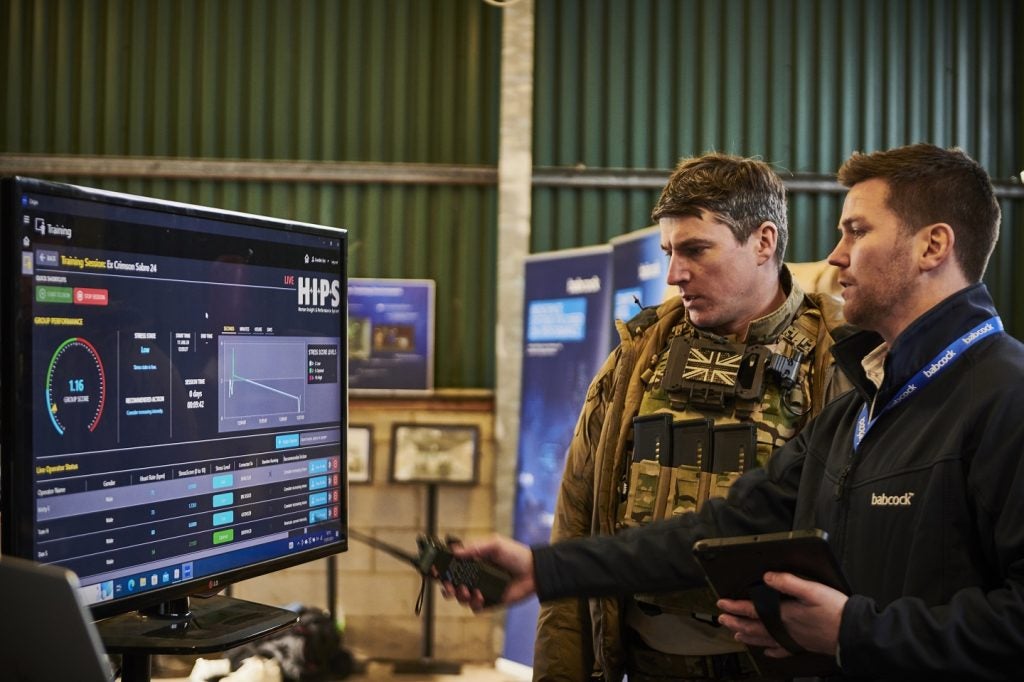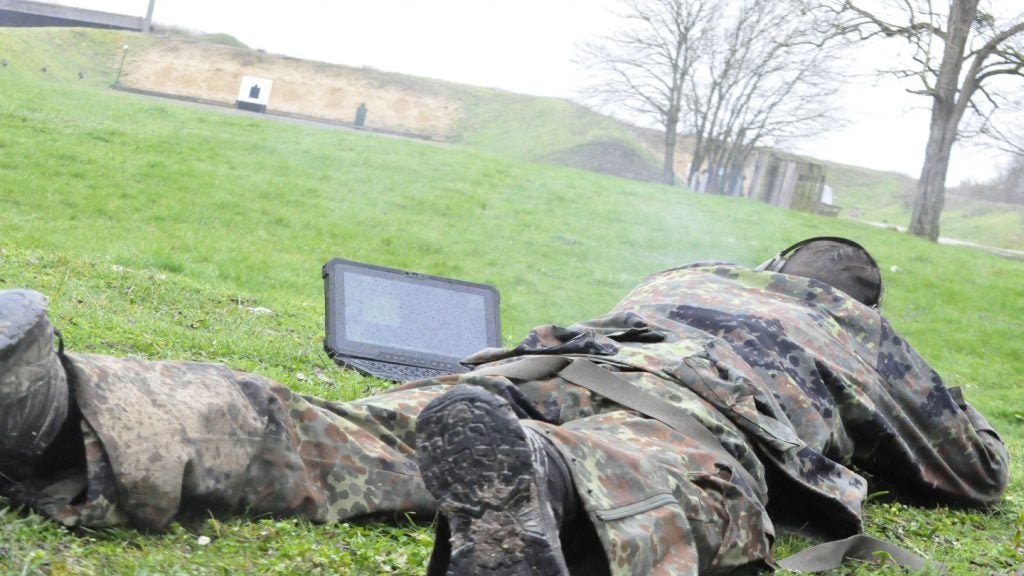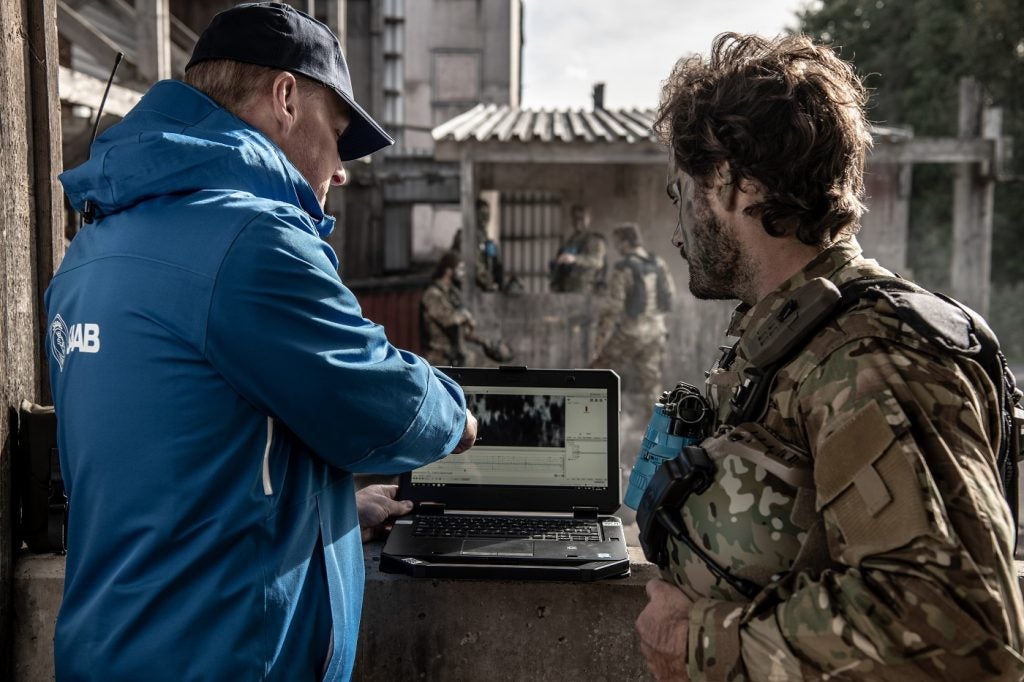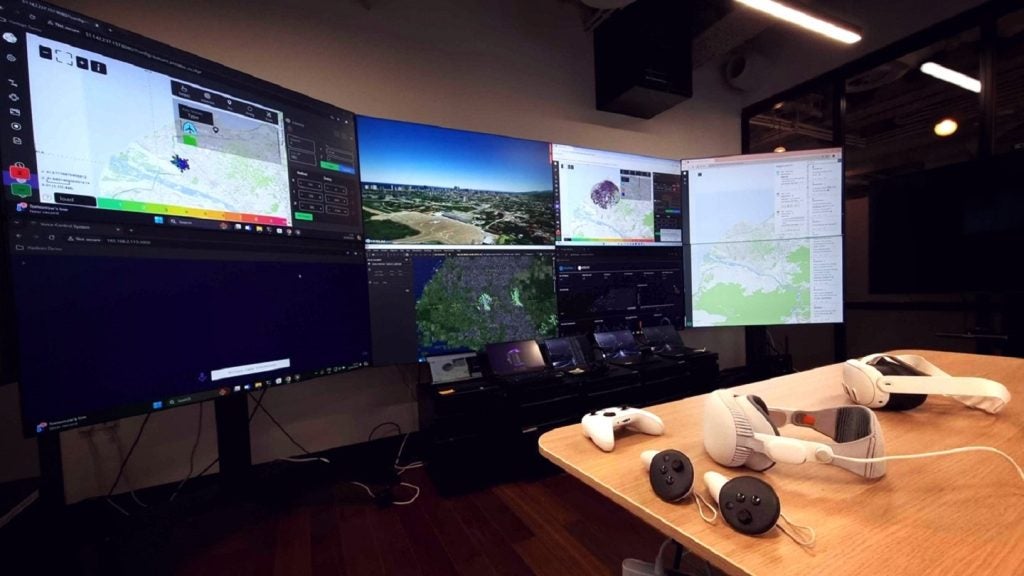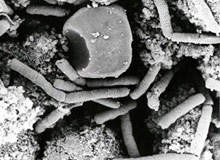
Over 20 days, curriculum students at Fort Detrick, Maryland, get quite close to one of the deadliest and most difficult threats to detect – biological agents. As participants in the “field identification of biological warfare (BW) agents” course for training in technologies for confirmation and identification of BW agents, the students learn how to set-up, maintain and operate a deployable confirmatory laboratory under field conditions.
After an introduction they are familiarised with the theory and practice of detecting agents in unknown samples. They learn how to extract genetic material from different sample types, along with a technique called polymerase chain reaction, or PCR, which is used to identify the extracted DNA and RNA. Following this, students learn how to detect agents (bacteria and toxins) in unknown samples.
The course ends with a field training exercise in the final week, when participants must set up and operate a laboratory under field conditions. There they are given a total of five scenarios to respond to. After developing a test plan based on the sample type and information received with each scenario, they are expected to analyse the sample, troubleshoot any problems and provide a final identification to the instructor.
This early detection is important. Unlike chemical agents, biological agents have an incubation period that can take days to develop symptoms. By then, valuable treatment time has already been lost.
The biological threat
See Also:
It is not surprising so much effort is being put into counteracting biological threats, especially in the US. In 2001, letters containing anthrax spores killed five people and infected 17 others throughout the country. This was a case of bioterrorism that, according to officials like the US Department of Defence, today presents a significant threat to the military and civilians.
How well do you really know your competitors?
Access the most comprehensive Company Profiles on the market, powered by GlobalData. Save hours of research. Gain competitive edge.

Thank you!
Your download email will arrive shortly
Not ready to buy yet? Download a free sample
We are confident about the unique quality of our Company Profiles. However, we want you to make the most beneficial decision for your business, so we offer a free sample that you can download by submitting the below form
By GlobalDataThe Chemical and Biological Defence Programme (CBDP) 2009 annual report to US Congress stated that antagonist nations, terrorist organisations and other non-state actors continued to possess or seek weapons with the capacity to inflict catastrophic damage (physical, economic, or psychological).
The report said that some terrorists saw chemical, biological and radiological materials as low-cost, high-impact options for achieving their goals and that in September 2006 Abu Ayyub al Masri, al-Qaeda-in-Iraq’s leader, publicly called upon scientists for help to develop such weapons. Biological warfare and bioterrorism are expected to remain significant threats, despite the creation and stockpiling of biological weapons being outlawed in 1972 by the Biological Weapons Convention.
Highly pathogenic species of bacteria, viruses, fungi and biological toxins can all be classed as biological weapons, which can be used against people or agriculture. It is anticipated that over the next decade, the threat from these is likely to become more complex due to the increased variety of agents and the sophistication of clandestine development programmes. Additionally, according to the US military, advances in genetic engineering and other biotechnology could provide the capability to modify biological agents by enhancing virulence, increasing stability and resistance and lowering detection.
That is why worldwide research to improve technology and systems is ongoing. Current developments in the US, for instance, include advances in genomics and systems biology as well as materials capable of sensing, protecting and even providing self-decontamination.
The planning of the US military identifies these key modernisation capability efforts:
- A broad spectrum of medical countermeasures that provide protection against current and emerging biological threat agents
- Comprehensive defensive capabilities against non traditional agents
- CBRN reconnaissance and analytical equipment that can sample and characterise a wide variety of substances
- Sensors that can automatically detect a wide range of known and emerging threat agents
- Decontamination capabilities for personnel and mass casualty decontamination
- CBRN defensive equipment that is adaptable across the entire range of military operations
- Sufficient funding / procurement to modernise the specified joint forces planning construct.
Developing multiagent vaccines fast
Medical research in the US focuses on developing countermeasures to make pre-treatments, therapeutics and diagnostics effective. This means developing multiagent vaccines that will afford recipients protection against unique combinations of biological threat agents. One new to be fielded is the recombinant A/B botulinum vaccine (rBOT) that will provide protection against weaponised botulinum toxin serotypes A and B. At the same time the US transformational medical technologies initiative tries to accelerate the discovery, development and manufacturing of broad-spectrum countermeasures.
Another area of further research and development can be seen with new sensors. This includes stand-off applications, point identification, and lightweight integrated detection and identification. For example, the new joint biological stand-off detection system is being touted as the first system of its kind. It will be capable of providing stand-off detection, ranging, tracking, discrimination of BW aerosol clouds. Another sensor to be fielded with the US military is the man-handleable joint biological tactical detection system, a lightweight biological agent system. It detects, warns and provides presumptive identification and samples for follow-on analysis.
In recent times, a range of new decontamination equipment has entered the US military spotlight. This new decontamination family of systems is built on the conception that there can not be a one-size-fits-all solution. The new family will include a range of decontamination equipment and procedures including decontaminants, applicator systems, agent identification, coatings and the whole process itself. For mobile detection there is also a new NBC reconnaissance vehicle (NBCRV) based on the Stryker family to be fielded. The Stryker NBCRV will locate, detect, identify, sample and mark NBC hazards.
One effort of the CBDP is also to integrate separate areas of CBRN defence capabilities like sensors, information systems, protection systems, consequence management tools to deal with hazardous situations together toward one system that enables rapid decision-making at a strategic, tactical and unit level. As a vision for the countermeasures of the future the US military also sees an integrated protective ensemble based on the convergence of nanotechnology, biotechnology, information technology and cognitive sciences. It will sense dangerous substances, initiate countermeasures and provide real-time battlefield awareness to the wearer and to the command nodes.



